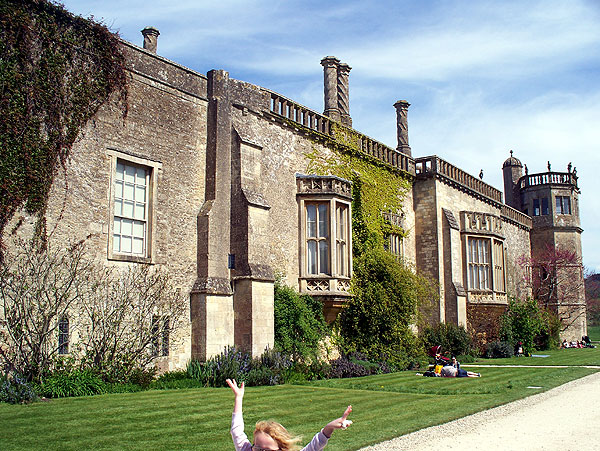
National Trust
The pretty village of Lacock is managed by the National Trust. On it edge is Lacock Abbey and gardens. The Abbey was the home of pioneering photographer William Henry Fox Talbot, who is jointly credited with the invention of photography. The Abbey was built as a nunnery, housing a community of nuns led by Ela, countess of Shreswbury. After the dissolution, it came into the hands of William Sharington, who demolished the abbey church but retained the cloisters, converting the upper part into a dwelling by adding partitions. Despite later alterations, various medieval vaulted rooms and walkways still survive, notably in the lower parts of the building.
The Hall, built in a Gothick style, dates from the 18th century and contains terracotta statues set in niches on the walls.
The kitchen dates from the medieval period, with later alterations and fittings. Also downstairs can be found original encaustic tiles, and the only manuscript book to have survived from a pre-dissolution English abbey.
The service court houses an interesting Tudor brewhouse.
Beside the reception building is a museum of photography.
Well worth a half-day visit.
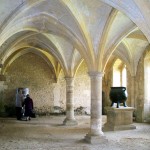
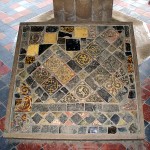
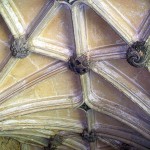
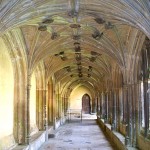
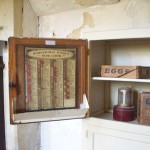
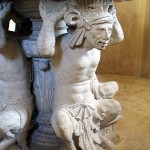
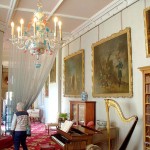
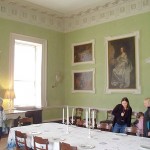
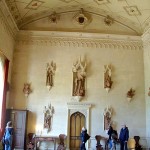
Skip to content
Author Kim J Cowie's travel blog
